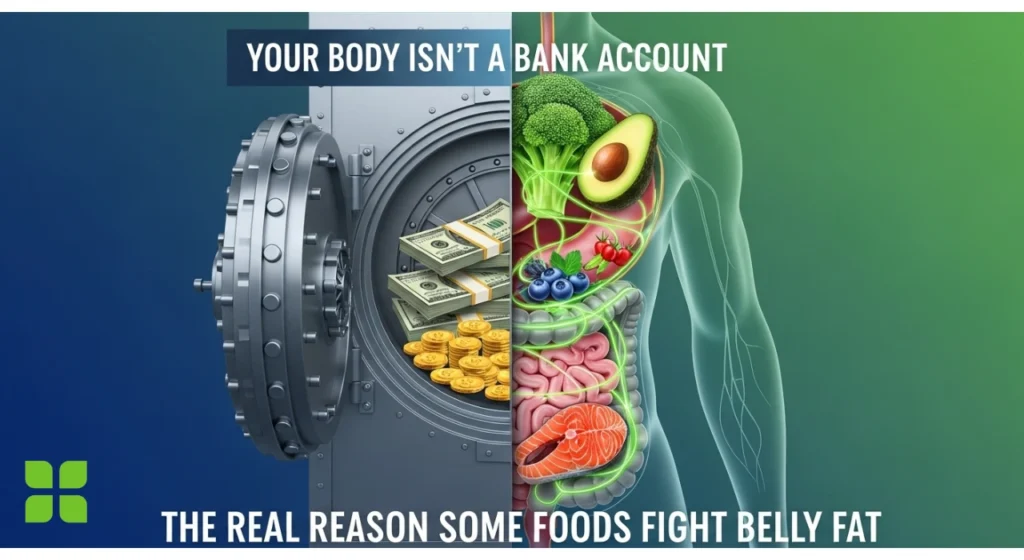10 Vegetables That Will Help You Lose Weight and Keep You Full
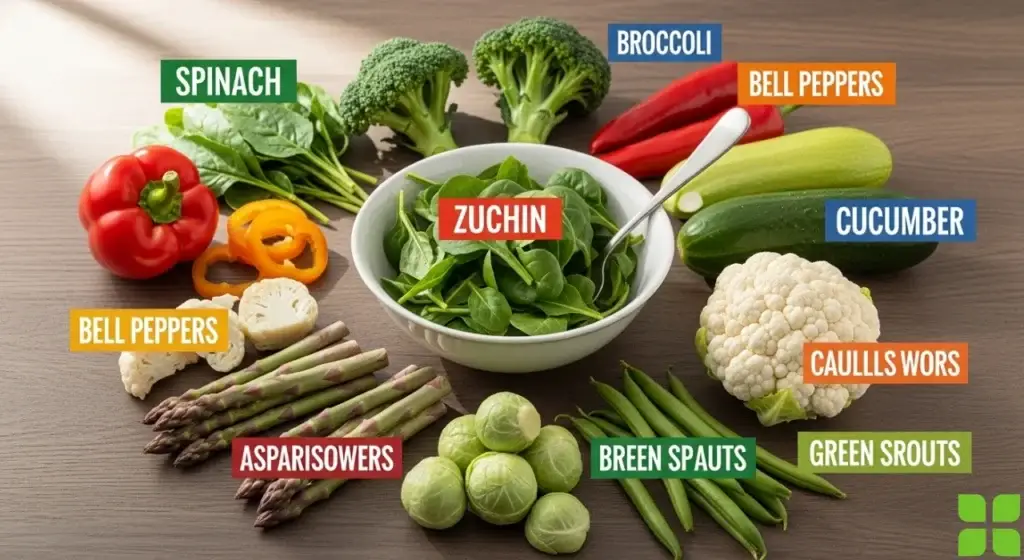
One of the simplest and most efficient strategies to keep a healthy weight is to eat a balanced diet that includes lots of veggies.
Due to their high fiber and water content, many veggies are naturally low in calories and may help you feel fuller for longer. Vegetables are also a great source of vitamins, minerals, and other health-promoting plant chemicals that help lower inflammation and guard against long-term illnesses.
Jump to
The Asparagus
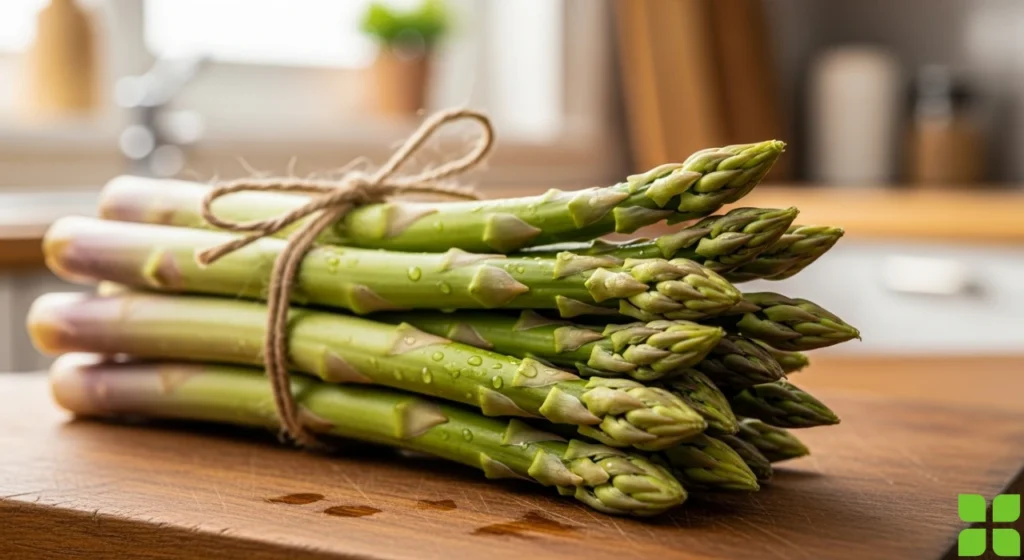
Even though asparagus tends to make your urine smell odd, if you’re trying to lose weight, you should consume more of it.
Asparagus is high in fiber and extremely low in calories. There are just 40 calories and 3.6 gram (g) of fiber in a single cup of cooked asparagus.
Because fiber digests slowly and prolongs feelings of fullness, it is crucial for weight reduction. This implies that you won’t feel starved even if you naturally consume less calories. Additionally, fiber helps maintain regular bowel motions and promotes good digestion.
Asparagus can get consumed simply raw or cooked. It goes well with practically any dish and tastes delicious grilled or steam-cooked.(Lose Weight)
Brussels sprouts
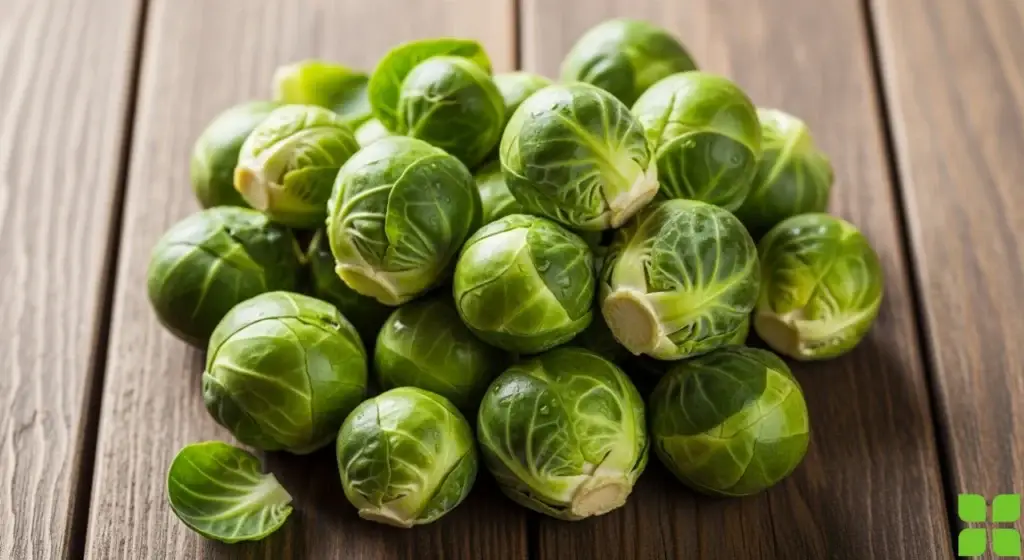
Brussels sprouts are full of fiber and low in calories, just like other cruciferous veggies. There are just 56 calories and 4 gram of fiber in a single cup of cooked Brussels sprouts.
According to one study, during a four-year period, eating cruciferous vegetables every day was associated with a weight reduction of about 0.68 pounds.
Moreover, glucosinolates are compounds found in cruciferous vegetables. These substances may help lower the risk of heart disease, cancer, and other chronic illnesses because of their anti-inflammatory and antioxidant qualities.(Lose Weight)
Roasted Brussels sprouts tossed with olive oil, sea salt, and pepper make a satisfying side dish.
Spinach
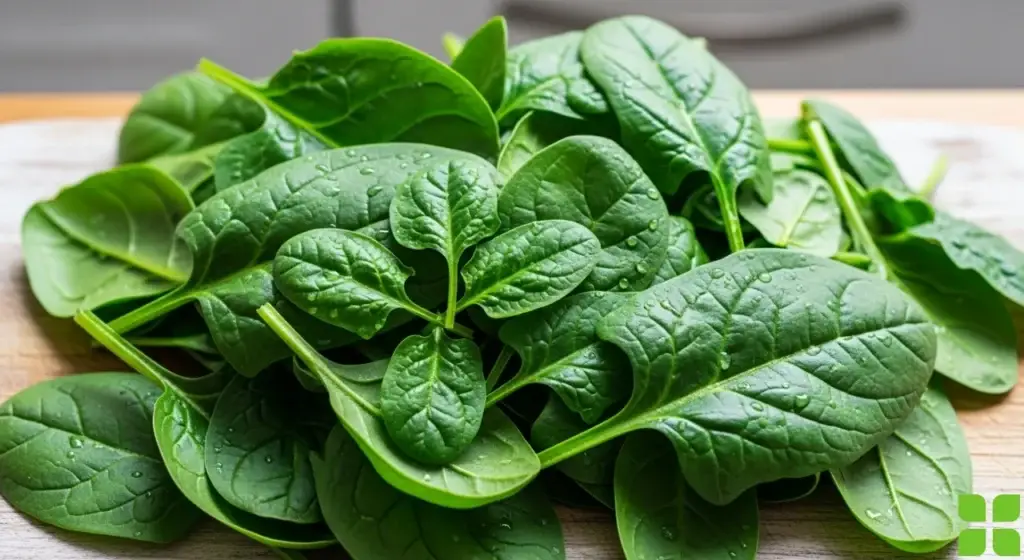
Spinach is a nutrient-dense, low-calorie vegetable with a water content of about 91%.
Just 20 calories and 2.5 grams of protein plus 2 grams of fiber may be found in three cups of raw spinach. Additionally, three cups of vitamin K, vitamin C, and vitamin A give more than 300% of the daily value (DV), 28% of the DV, and 47% of the DV, respectively.
According to one study, during a four-year period, eating one serving of spinach per day was associated with a weight loss of about 0.52 pounds.
One of the most adaptable leafy greens, spinach may be added to salads, sautéed as a side dish, or incorporated to smoothies.
A cauliflower
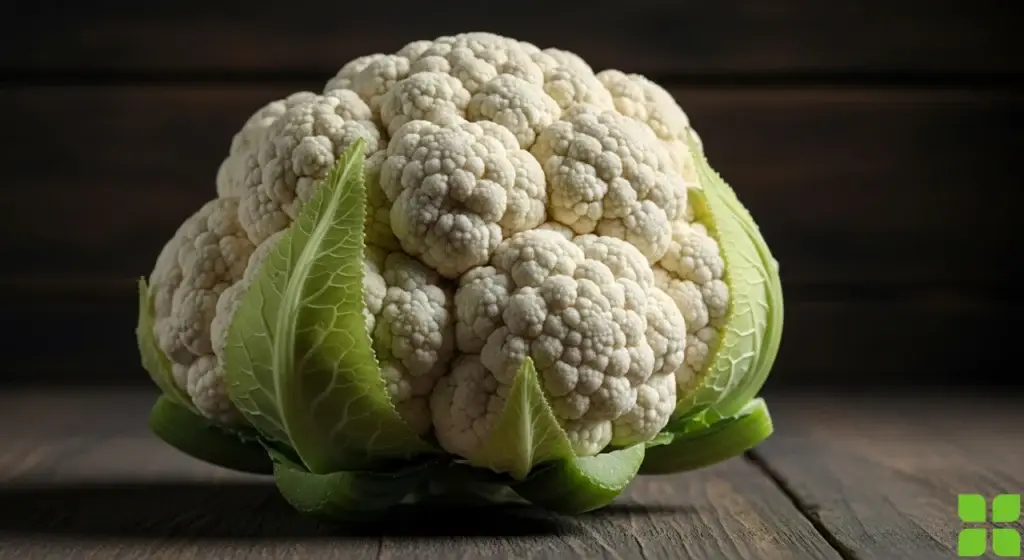
Cauliflower has gained popularity in recent years as a component of many different recipes, frequently used in place of mashed potatoes, rice, and pizza crust.
A cup of cooked cauliflower contains only 29 calories, but it contains about 2 grams of protein, 2.9 grams of fiber, and 61% of the daily value for vitamin C.
Additionally, this cruciferous vegetable is rich in plant sterols and stanols, which increase endothelial function and reduce bad cholesterol, both of which are vital for heart health.
Cauliflower is quite adaptable and may be consumed cooked, roasted, or raw. Even better, you can combine cauliflower rice with brown rice or ordinary rice to create a nutritious, low-calorie cauliflower rice mixture.
Related: Best 10 Foods That Burn Belly Fat
Carrots
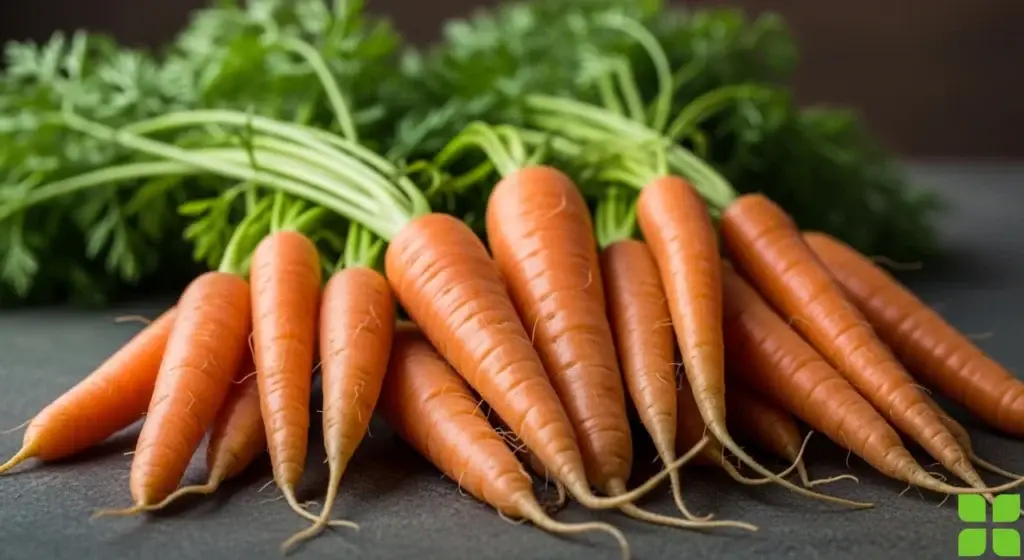
The crunchy texture of carrots makes them a low-calorie snack. Additionally, they include natural sugars that may give food a subtle sweetness.
Just 50 calories and 3.4 g of fiber are found in one cup of raw carrot slices.
Regular eating of carrots was associated in a 2021 research with decreased incidences of obesity and a lower body mass index (BMI).
Carrots also contain a lot of carotenoid antioxidants. Higher blood levels of beta-carotene have been linked in studies to a lower risk of type 2 diabetes, cancer, and death.
Snack on sliced carrots with hummus or Greek yogurt dip for a satisfying, low-calorie snack.
Bell Peppers
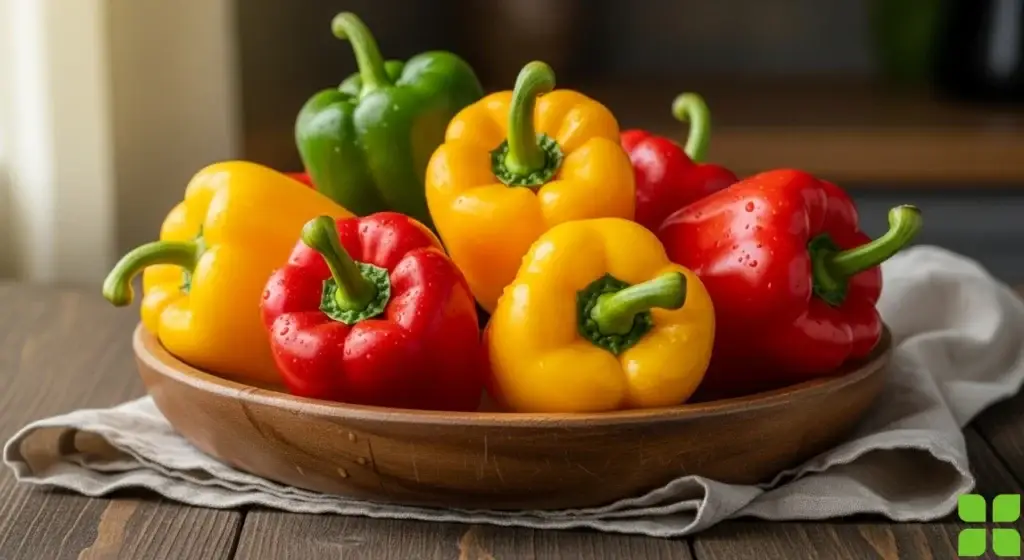
A nutritious diet can benefit greatly from the inclusion of bell peppers. They are rich in nutrients, such as fiber and vitamin C, and low in calories.
A cup of raw red peppers has 39 calories, 3.2 grams of fiber, and more than 400% of the daily value for vitamin C.
Short-term improvements in BMI have been associated with higher vitamin C intake. To prove a direct link between vitamin C and weight loss, more research is necessary.
Add raw peppers to salads or sandwiches for crunch and flavor, or dip them in hummus or Greek yogurt dip. Fajitas can also be made with sautéed chicken breast, onions, and bell peppers served on warm tortillas.
The zucchini
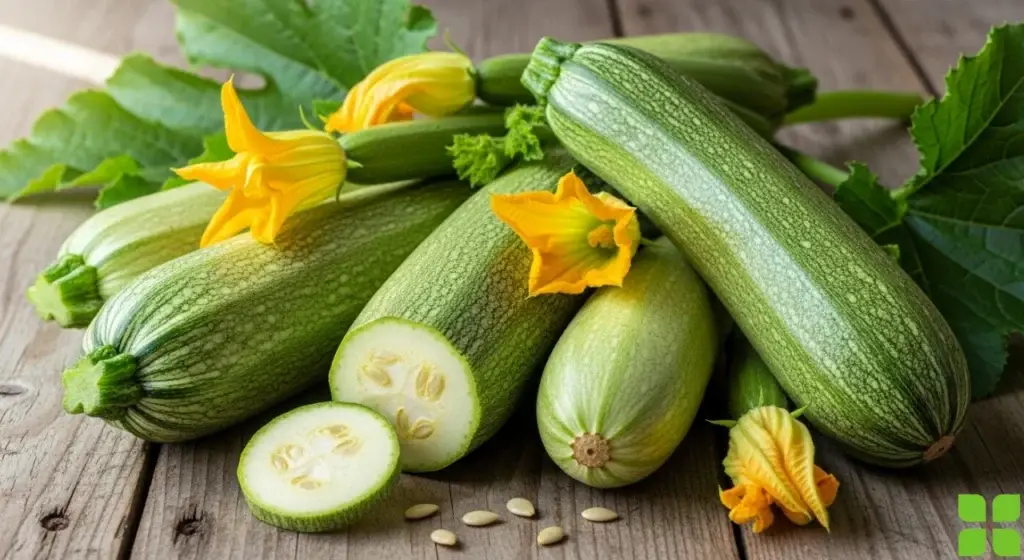
When cooked, zucchini has just 27 calories and 2 grams of protein and 1.8 grams of fiber per cup. Because of this, it’s a fantastic vegetable to include in your diet if you want to lose weight.
The antioxidants lutein and zeaxanthin, which are also found in zucchini, are known to promote healthy eyesight and lower the risk of a number of conditions that can cause visual impairment.
Due to its versatility, zucchini may be simply used to spaghetti, casseroles, and stir-fries. To reduce calories and carbs, you may also use zucchini noodles, often known as zoodles, in place of spaghetti in a variety of recipes.
Green Beans
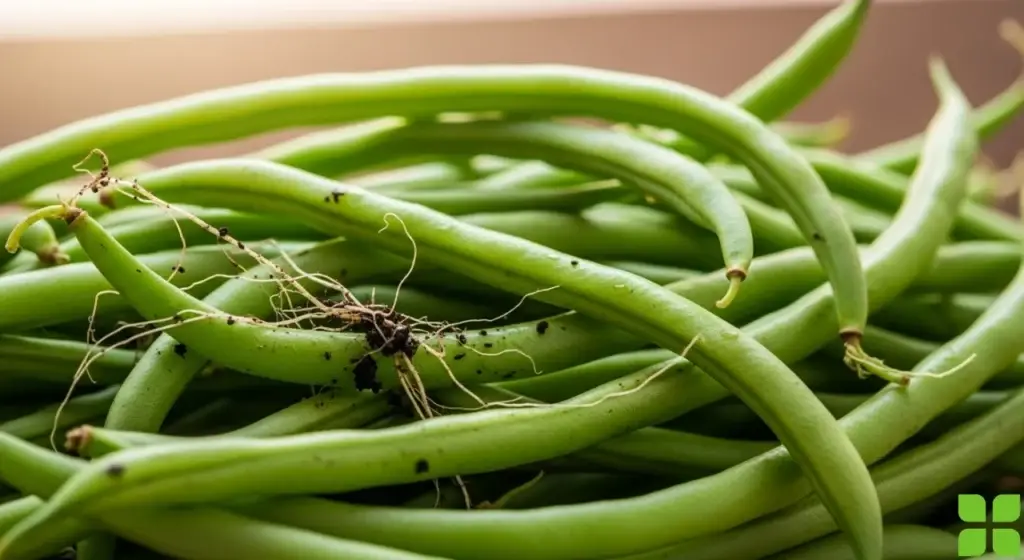
Making green beans a part of your diet might help you lose weight. 37 calories, 2.2 grams of protein, and 3.8 grams of satiating fiber are included in one cup of cooked green beans.
Sprinkle garlic, olive oil, and pepper over fresh or frozen green beans, then bake for approximately twenty-five minutes.
Green beans in cans are frequently heavy in salt, which raises blood pressure. To lower the salt level of canned green beans, rinse and drain them or use low-sodium types.
Cabbage
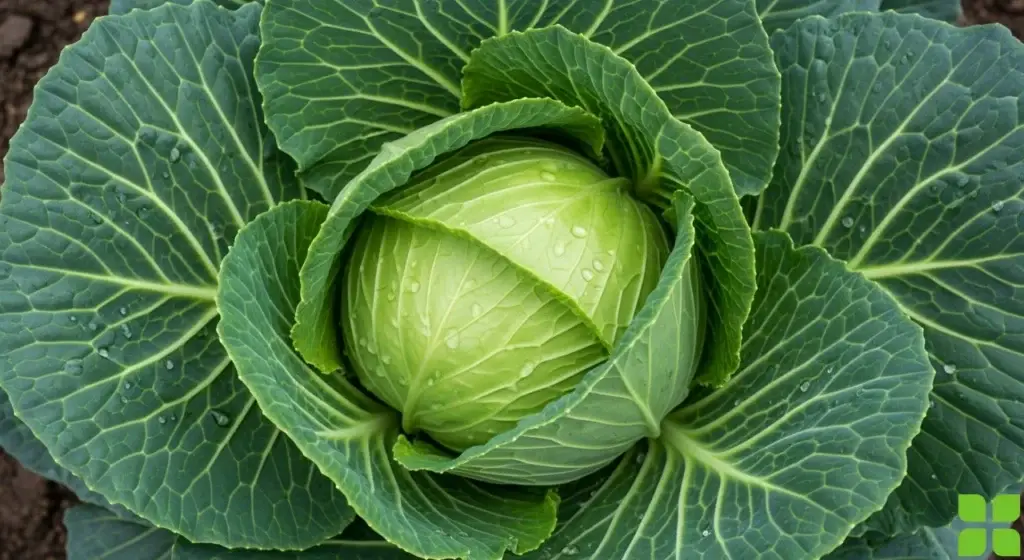
The cabbage soup diet, which involves feeding only cabbage soup over a week, may be familiar to you. This cruciferous vegetable has a place in a healthy eating pattern, even if there isn’t any conclusive proof that it can help people lose weight over the long run.
Just 35 calories and 2.8 grams of fiber and 2 grams of protein are found in one cup of cooked, shredded cabbage.
Cruciferous vegetables, such as broccoli and cabbage, may also lower the risk of cardiovascular disease, according to some study.
Savor cabbage roasted, sautéed, grilled, steamed, or sautéed. Additionally, cabbage may be used to produce fermented kimchi, which has been shown in human trials to have anti-obesity properties.
Edamame
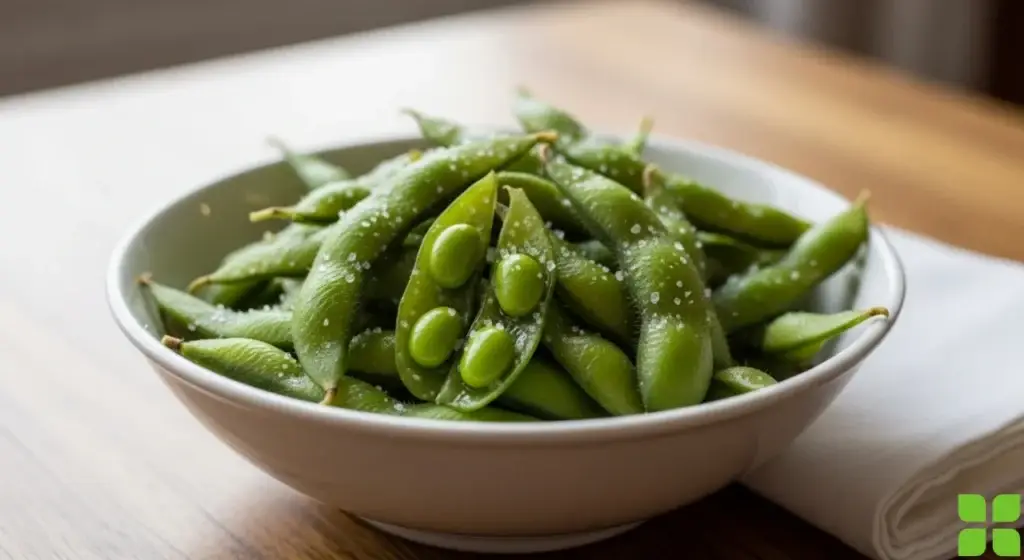
Edamame is a satisfying snack option since it is a rich source of fiber and protein, even though it has somewhat more calories than many other vegetables.
Shelled edamame pods contain 188 calories, 8 g of fiber, and 18 g of protein per cup.
By enhancing satiety hormones and raising daily caloric expenditure, protein can help you lose weight. Additionally, it keeps your metabolism high by preventing muscle mass loss during weight reduction. High-protein diets have been connected in studies to weight loss, obesity prevention, and the avoidance of illnesses associated with obesity.
Edamame may be roasted for a delicious snack or added to salads and stir-fries. Edamame can also be eaten steaming right out of the pod.

